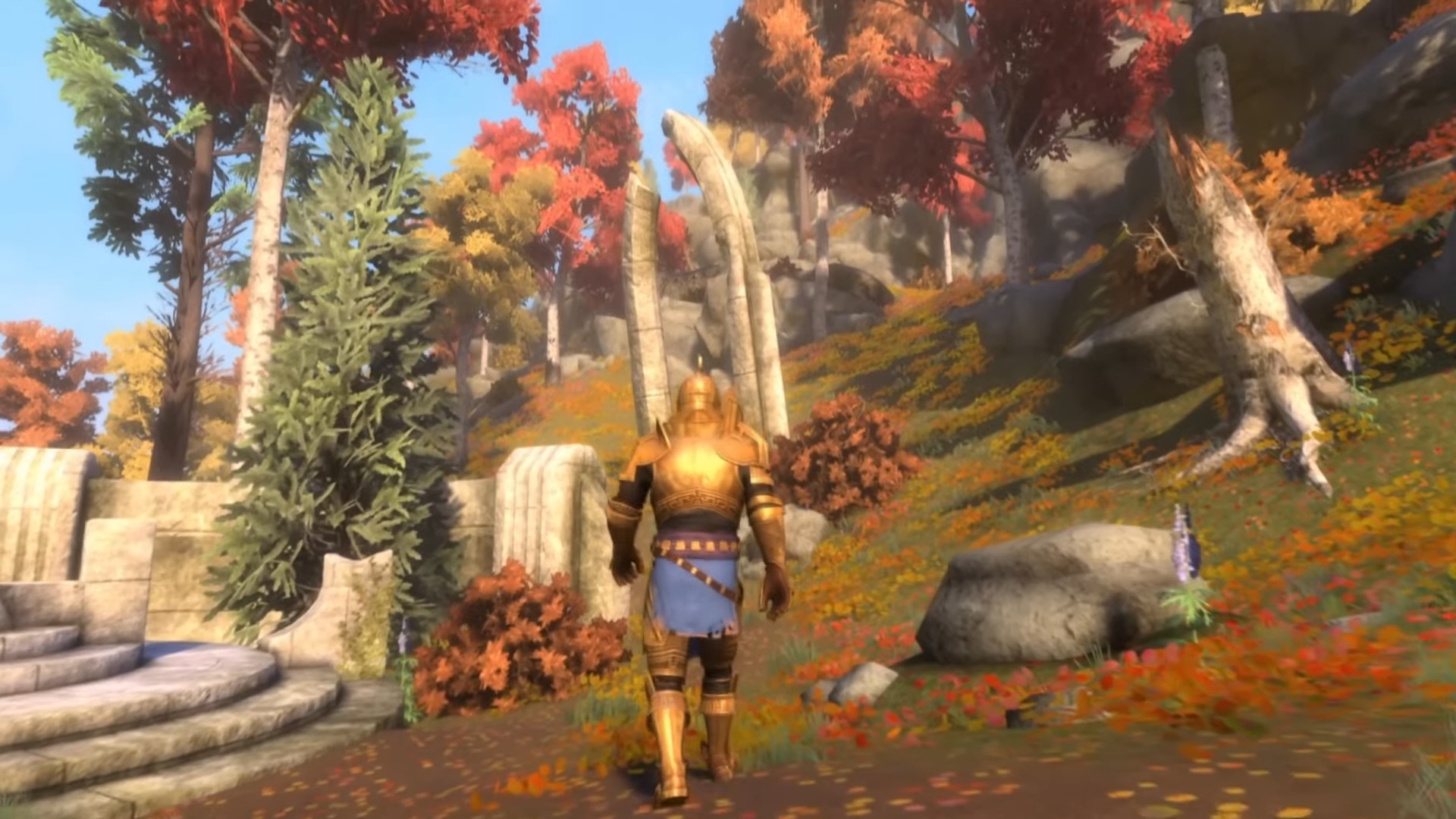Column: 50 years ago, ‘Monty Python and the Holy Grail’ showed us what comedy needs — and doesn’t

Seldom does an act of haphazard comic rebellion infiltrate popular culture. But when it happens, other things happen, too. People start quoting it before they get home. Before you know it, the movie has become more than the stuff of comedy-nerd cult fandom. It goes from anti-establishment to Establishment. And, who knows, maybe it turns into a musical. For decades now, millions of people — guys, mostly — have been unable to help themselves. (These comedy phenomena tend to be boy-driven but half the girls in my high school were quoting it, too.) They blurt things like “It’s only a flesh wound!” or reference the knights who say “Ni!” because someone else said it first, and best. Then you blink and it’s 2025. And “Monty Python and the Holy Grail” has turned 50. This merry, bloody, muddy trashing of Arthurian legend returns to theaters May 4 and 7 in a Fathom Entertainment engagement. It’s also streaming widely. “Spamalot,” the Broadway musical version of “Holy Grail,” tried out in Chicago 20 years ago, successfully. It’s among the most frequently staged musicals of the 21st century, in part because its staging demands are modest and partly because it’s not raunchy enough to keep it out of most high schools or colleges, at least in most states. “Spamalot” works mainly as a kind of karaoke act, recreating and expanding many of the film’s beloved highlights, among them the almost psychotically hummable 66-second pip “Knights of the Round Table,” music by Neil Innes, lyrics by Graham Chapman and John Cleese. (The subsequent “Spamalot” score primarily came from Eric Idle and John Du Prez.) The six men behind the movie — Chapman, Cleese, Terry Gilliam, Idle, Terry Jones and Michael Palin — made a ridiculous impact once they formed the Python troupe in 1969. That year, the dubious television experiment known as “Monty Python’s Flying Circus” more or less tricked BBC1 into airing nude organists, existential nightmares about cheese shops and arguments-for-hire, and the wholly unexpected Spanish Inquisition. Here in America, those who caught “Holy Grail” in its 1975 release could barely process the experience. I was 14. Waiting for the movie to come to Racine, Wisconsin, didn’t seem endurable. This was just a few weeks before “Jaws” came out everywhere at once, marking the beginning of the end of movies’ traditional slow rollout from big cities to smaller ones. I tagged along on a drive to a suburban Milwaukee multiplex with my pal Jay McHale, a wonderful musician no longer with us, and his great friend and collaborator Victor DeLorenzo, a terrific actor and musician who became the propulsive percussion heartbeat of the Violent Femmes. No three people ever laughed harder at anything than we three at “Holy Grail.” I did not quite know what hit me that night, though I’d had run-ins with a Python precedent or two. Peter Sellers, for starters. And Peter Cook and Dudley Moore. My parents, ever-game and in love with Chicago, bought tickets to Cook and Moore’s sketch showcase “Good Evening” at the Blackstone, not long after “Holy Grail” had opened. Later in 1975, having initially declined to give the Python’s “Flying Circus” a berth on its programming schedule, WTTW-TV thought, well, why not? “Holy Grail” was a hit in theaters, and they seemed to like “Flying Circus” in Dallas. (KERA-TV was the first PBS affiliate to air it.) Well. That sealed it. I watched it weekly, I bought the albums, and when our high school drama department staged the once-evergreen, now-passé English farce “Charley’s Aunt,” every single kid in that cast sounded like they were doing southeastern Wisconsin variations on “Monty Python and Holy Grail.” I saw “Holy Grail” again the other day. I saw it so many times in the ’70s, and one or two more years later, yet I’d forgotten so much. The opening credits, for example, with their sublimely droll mock-Swedish subtitles (“Wi nøt trei å høliday in Sweden this yër?”) and the obsession with moose and moose bites (“pretti nasti”). Also, that oh what the hell ending, when the police officers interrupt the action finale. It’s one of the few things in “Holy Grail” that works conceptually, but maybe not beyond that. I remember the groans and confusion in the theater 50 years ago, once that non-ending ending ended the evening. And yet it was a mere scratch. A flesh wound, in a brazen triumph of wordplay, swordplay and what Americans used to call “college humor.” The movie didn’t behave. It barely hung together. But it offered many lessons, beginning with: You don’t need much money to make a weirdly good-looking cheapo costume picture. The “Holy Grail” production budget, around $300,000 U.S. dollars in the year of production in 1974, equates to $2 million today. (Members of Pink Floyd, Led Zeppelin and Jethro Tull put up most of the funding, by the way.) Another lesson: Don’t worry much about the audience. Just make whatever you’re making for yourselves, and it might work out. Sometimes. This time, certainly. And this: Two words you often find hanging out together, patience and forbearance, remain vitally important in the matter of “Holy Grail.” They’re crucial to anyone who was, is or will be the parent, the sibling or the friend of a “Holy Grail” fan, because it’s a tough film to avoid quoting at awkward or obvious moments. You’ll be hearing bits of it here and there for the rest of your life. We revisit our favorite comedies at our peril, I think, especially if they go back a half-century. Nobody can nor should expect to have the same feelings about any movie over that much time. If human/movie love is unconditional (an argument for another day), it nonetheless takes a rare combination of luck, muck and wiles to hold up as well as “Holy Grail.” Happy 50th, and to all Pythons, deceased or living: Dine well there in Camelot. Michael Phillips is a Tribune critic.


















